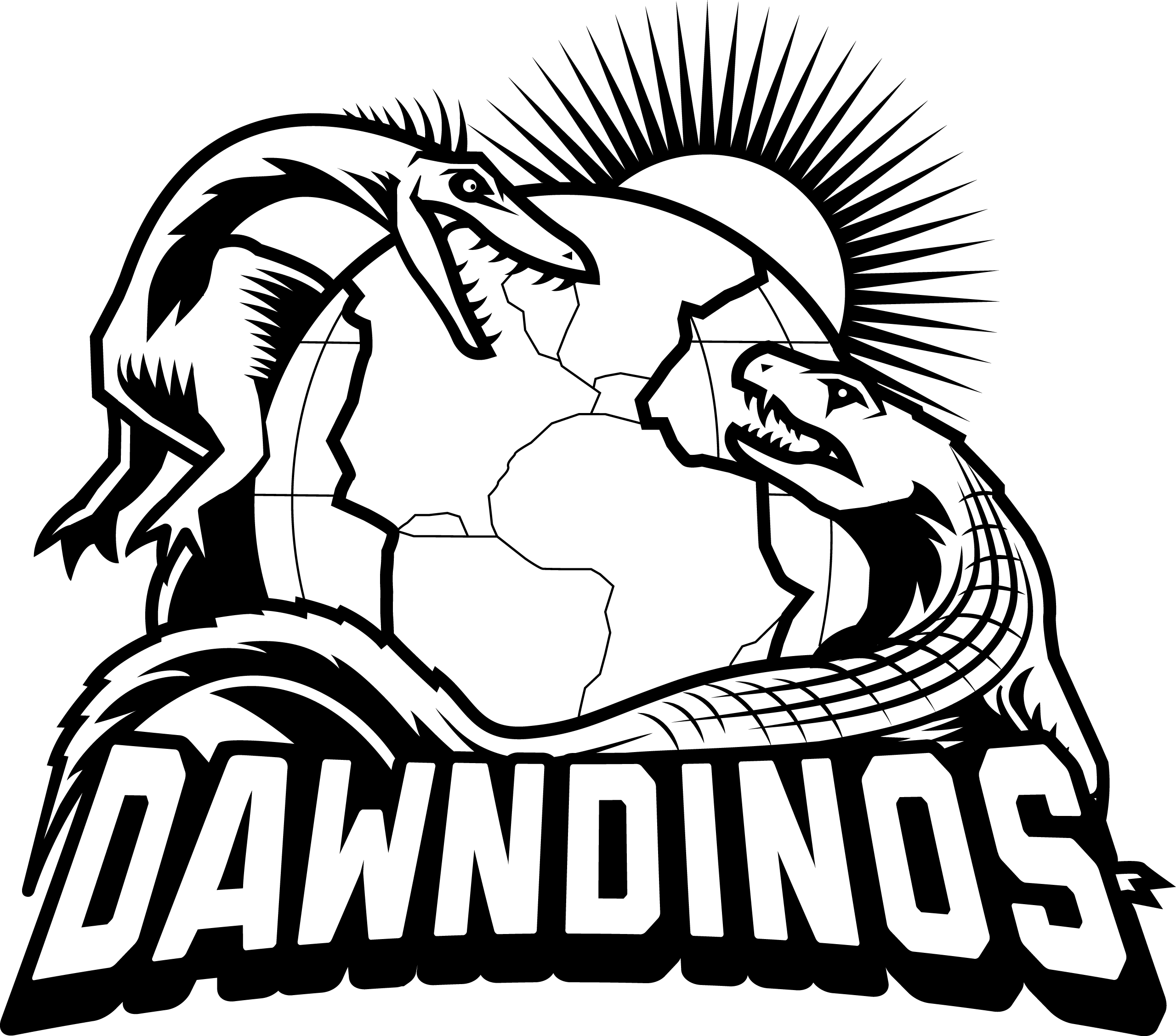Movement is produced through a complex interaction between the nervous, muscular and skeletal systems, and understanding how this comes about can be difficult. Musculoskeletal modelling provides one approach to understanding how movement is produced in animals, and involves building computer models that represent the jointed skeleton, muscles and tendons of a living animal. The models incorporate principles derived from physics and biology, to quantitatively relate how different aspects of an anatomical system relate to one another and the external environment. In turn, they can provide quantitative insight into how the muscles, skeletons and joints work together to support and move the body. Using these models, we can execute simulations (goal-directed activities solved by computers) in which the model can recreate the forces and movements associated with measured activities like jumping and running, or alternatively produce novel movement and force patterns from scratch, independent of experimental data.
Ostrich model
Musculoskeletal model of an ostrich, tracking experimentally recorded data of the bird during slow running. The red lines denote muscle lines of action; the green arrow shows forces exerted against the ground by the model’s feet; the green and black ball is the centre of mass of the model.
Why do we create complex computer models and simulations to understand movement, when we could just analyse the real animals themselves? Principally, the anatomy involved is very complicated. Animal limbs have many joints and even more muscles (over 40 in the human leg) that can interact in complex and unexpected ways, and so trying to puzzle out how all of the many components work together from anatomy alone is very difficult. Even then, it is usually impractical – if not impossible – to measure everything that occurs during movement. For instance, although muscle activity patterns and forces can be experimentally measured using sophisticated equipment, this requires sensors to be placed on or in the muscles themselves. As the majority of limb muscles are so-called ‘deep’ muscles (underneath other muscles), there is currently no way to attach sensors to every muscle without disabling the limb. Similar constraints exist for measuring bone motions, tendon stretch or joint contact forces, among other things.
Recording data from living animals, whilst informative, can therefore only give us an incomplete picture of the complex interaction between muscles, bones and joints functions during movement. A musculoskeletal model, however, can replicate the anatomy of the living animal, with each virtual muscle given the same size, strength and attachments as their counterparts in the real animal. When the model is made to perform a simulation of movement, the function that each virtual muscle (or tendon, or joint, etc.) performs should then be a reasonable facsimile of the function the real component in the real animal. The activities and functions of the various parts, as well as the way they cooperate as a whole, can then simply be read out from the computer once the simulation has finished running.
Tinamou model

Musculoskeletal model of the hindlimb of Eudromia elegans (tinamou), one of the species we are studying in the project
Models and simulations have been used to analyse and treat many problems with limbs in humans – analysing causes of injuries in sport, aiding injury rehabilitation, studying and treating cerebral palsy and other neuromuscular problems, designing prosthetic limbs, and more. But we can also use them to study movement in extinct animals!
All that typically remains of extinct animals are the fossilized bones and skeletons. Although the geometry of a bone can tell a lot about how it was used in life, it nevertheless tells only part of the picture. Modelling and simulation of extinct species can provide additional insight. To make the skeletons move again, we need to add muscles to them. Even though they are rarely preserved in the fossil record themselves, muscles often leave characteristic bumps and scars where they attached to the bones. From careful examination of the limb anatomy of living relatives (birds and crocodiles, in our case), we have previously been able to determine which muscles are associated with which bumps and which scars on the bones. This allows us to reconstruct the muscular anatomy of extinct pseudosuchians and ornithodirans with reasonable confidence. Over evolutionary time, the bones of pseudosuchians and ornithodirans changed shape and muscle scars moved. This gives us a good idea of how the muscular anatomy of their limbs evolved. However, knowing where a muscle is does not mean that you know what it does. What do these anatomical changes mean for how movement evolved?
Musculoskeletal modelling can provide a way of answering this question. We are building musculoskeletal models of living birds and crocodiles that can faithfully simulate the movements and forces they use when running, jumping, turning, standing and walking. This will allow us to understand the function that each muscle does during these activities. Combining this knowledge of muscle function with our reconstructions of muscle anatomy allows us to build moving musculoskeletal simulations of extinct pseudosuchians and ornithodirans. The evolutionary changes in limb anatomy that have taken place in both of these groups can then be understood in terms of changes in limb forces and movements.
Allosaurus model

Musculoskeletal model of the hindlimbs of Allosaurus fragilis; a large, late Jurassic theropod dinosaur.
Just as knowledge of living anatomy allows us to reconstruct anatomy in extinct animals, detailed knowledge of limb function in living birds and crocodiles will allow us to estimate those functions in pseudosuchians and orithodirans. Musculoskeletal modelling and simulation gives us an approach for obtaining that knowledge. We then can compare how different living and extinct animals work(ed) and how their behaviours evolved along with anatomical changes. This may answer why dinosaurs became so successful after the Triassic period, whereas pseudosuchians (except the crocodile lineage itself) did not.

